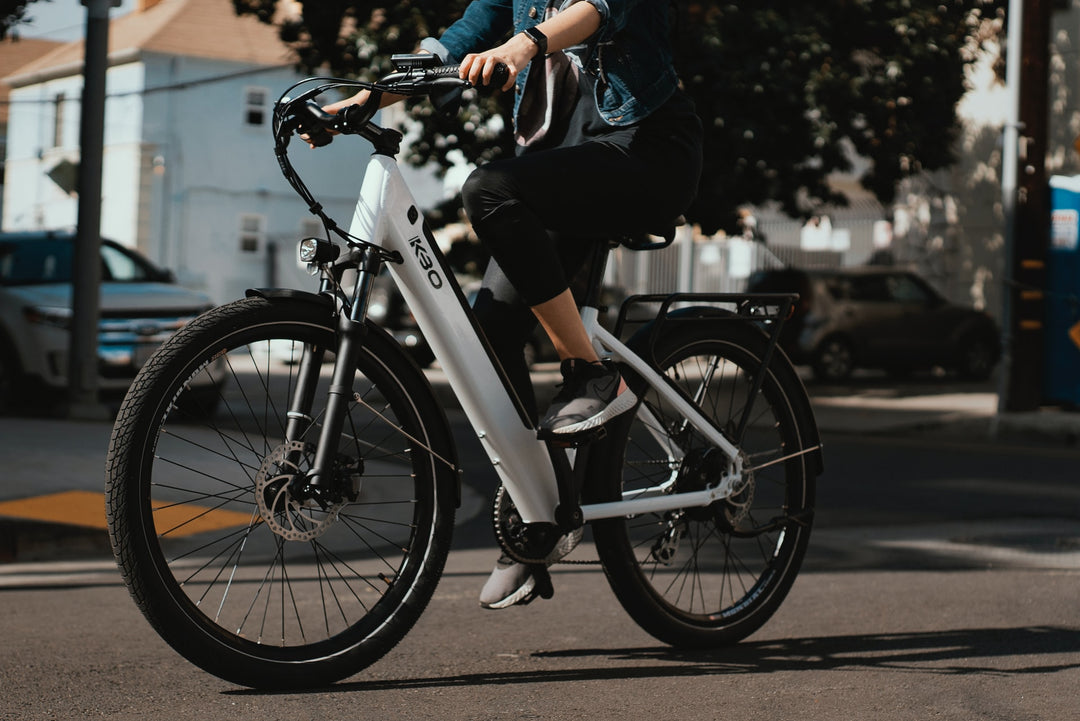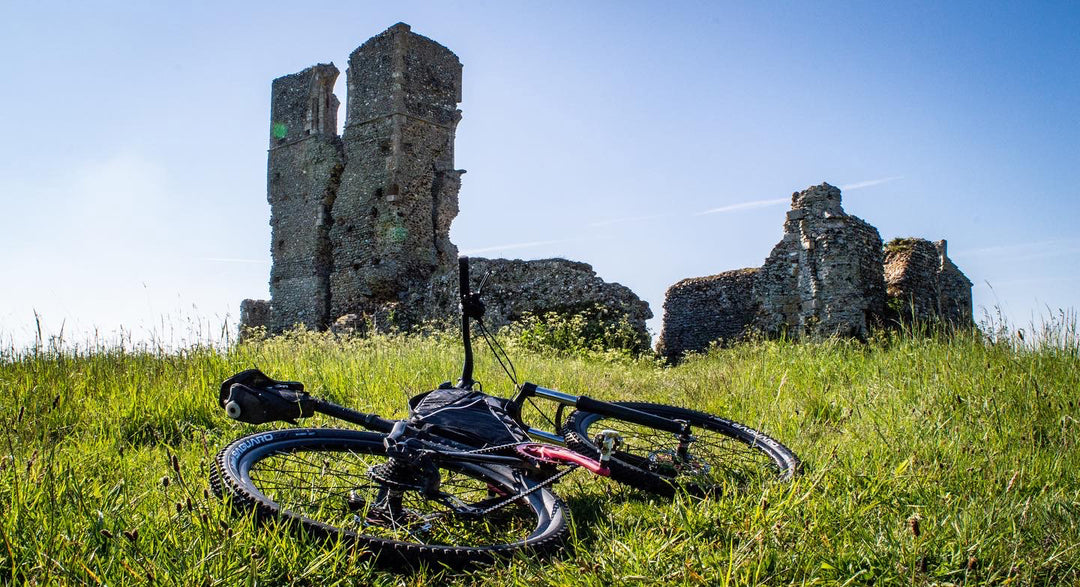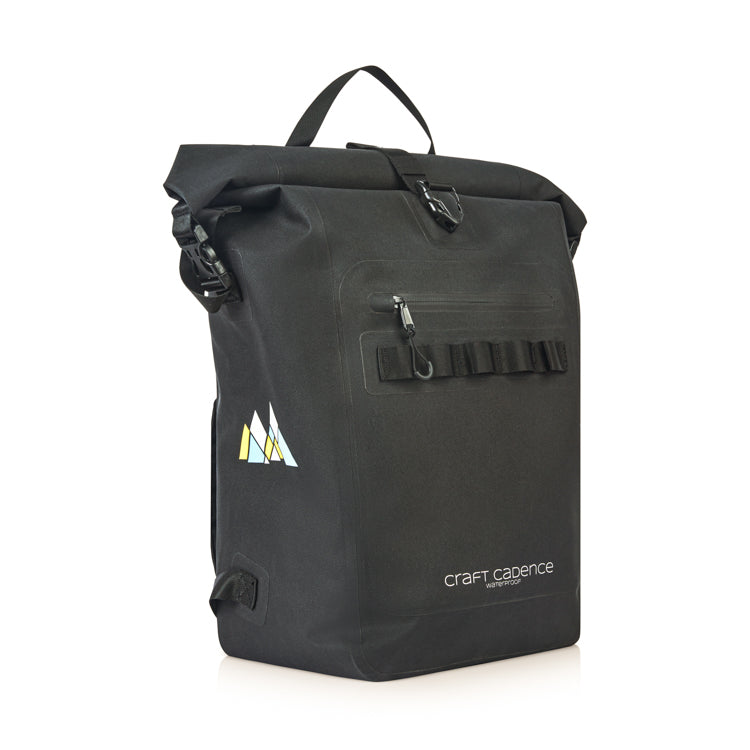Top 7 Strava features for cycling commuters
Strava has changed the way we cycle, for better or worse. Strava is based on an application that track your ride via GPS and publicly ranks your best time on "segments" of road along with other users. Today, we look at some of the features of Strava for the daily commuter.
While most people thinking Strava as the bastion for people obsessed with racing and beating others KOM's, While Strava has amassed huge amounts of data about where these people ride, based on uploads to the app.
The latest information has been utilized to construct a cycling heat map. This heat map shows the most frequent cycling routes, which includes commutes which makes up for apparently 50-70% of rides uploaded to Strava.

Strava Metro makes riding in cities much easier for commuters. Millions of people upload their data to Strava every week, Metro aggregates this data and also partner with departments of transportation to help improve infrastructure for bicyclists around the world.
The Metro maps enables data analysis of cyclists activity, which includes popular routes or routes to avoid and other things such as peak commuting times, intersection waiting times.
New cyclists who aren’t confident riding in traffic can use Metro to find safer routes for there journey, allowing them to miss peak hour traffic or quieter roads for their commute.
Being useful for commuters you can plan out the quickest route or find new and enjoyable routes and meet other commuters.

While some of use Strava to log training data and use that data to analyse training numbers.
Some people never used to log commute miles, but with the commute count you can get more of a complete picture of your total bike miles and being able to separate these miles away from your daily training miles.

For both commuting and training strava allows you to socialize with other commuters, you can exchange information within the app, find other users commuting on the same route and even race some segments on the way to work.
Strava allows you to record your commute which then gets updated into your strava feed where your friends or followers can also share their own rides or workouts, you can even give kudos to a great performance and leave comments on other users rides or commutes.

There are many training software available now days, but strava allows a more open development, allowing the user to download their data and analyze it in Excel or use a more detailed software like trainingpeaks if you are especially tech savy.
Tracking your commuting daily allows the user to set goals and ultimately track progress. This allows you to track fitness from commuting or track your progress towards an overall distance goal you have set for the month or year.
Strava allows you to track such things as HR, speed and power. Although most commuters nowadays are mostly using speed and distance.
Tracking yearly commuting time and distance is important to commuters they can analyse the numbers over the season and work out home much time and money they have technically saved over a yearly period compared to driving or using public transport.

The strava beacon allows peace of mind for friends and family. The beacon allows you to turn on this function and share your location in real time.
This means friends and family can track you on your commute and make sure that you made your destination safely and allow them to have your back in case of emergency.
You can even allow your employer to know exactly where you in case you are running later for a meeting. Making your commute safer than ever and give others an real time ETA to your destination.
If you regularly ride to work, identifying the activity as a commute also means you are performing a public service, Through the metro project, Strava collects commuting data in urban areas and makes it available to local authorities.

Strava is probably most know for "segments". Segments are member-created and edited portions of road where an athlete or commuter can compete against another person.
Segments allow a fun way to break up your daily commute and give you goals during your commuter or help speed up your commute in a fun way. many people use segments to help get some added workout in on the way to work.

Strava is not only for the diehard cyclist, using the available tools you can plan, enjoy and discover new routes during your commute, meet new people and socialize with others and track your commuting times and distance across the year all from your mobile phone.
Strava has both a free and premium version depending on how much data your are wanting to analyse from your commute. More information can be found at Strava.
Cover Photo by Richard Masoner / Cyclelicious / CC BY
Heat Maps
While most people thinking Strava as the bastion for people obsessed with racing and beating others KOM's, While Strava has amassed huge amounts of data about where these people ride, based on uploads to the app.
The latest information has been utilized to construct a cycling heat map. This heat map shows the most frequent cycling routes, which includes commutes which makes up for apparently 50-70% of rides uploaded to Strava.

Strava Heatmap London UK
The heat maps are now available to the public, which is useful for searching for routes across or around a city.
In many of these cases you find these routes more accurate than google bike maps since googles algorithm is mostly based on route and time difficulty.
Strava's Metro maps
Strava Metro makes riding in cities much easier for commuters. Millions of people upload their data to Strava every week, Metro aggregates this data and also partner with departments of transportation to help improve infrastructure for bicyclists around the world.
The Metro maps enables data analysis of cyclists activity, which includes popular routes or routes to avoid and other things such as peak commuting times, intersection waiting times.
New cyclists who aren’t confident riding in traffic can use Metro to find safer routes for there journey, allowing them to miss peak hour traffic or quieter roads for their commute.
Being useful for commuters you can plan out the quickest route or find new and enjoyable routes and meet other commuters.

Commutes count
While some of use Strava to log training data and use that data to analyse training numbers.
Some people never used to log commute miles, but with the commute count you can get more of a complete picture of your total bike miles and being able to separate these miles away from your daily training miles.

Socialise
For both commuting and training strava allows you to socialize with other commuters, you can exchange information within the app, find other users commuting on the same route and even race some segments on the way to work.
Strava allows you to record your commute which then gets updated into your strava feed where your friends or followers can also share their own rides or workouts, you can even give kudos to a great performance and leave comments on other users rides or commutes.

Track progress
There are many training software available now days, but strava allows a more open development, allowing the user to download their data and analyze it in Excel or use a more detailed software like trainingpeaks if you are especially tech savy.
Tracking your commuting daily allows the user to set goals and ultimately track progress. This allows you to track fitness from commuting or track your progress towards an overall distance goal you have set for the month or year.
Strava allows you to track such things as HR, speed and power. Although most commuters nowadays are mostly using speed and distance.
Tracking yearly commuting time and distance is important to commuters they can analyse the numbers over the season and work out home much time and money they have technically saved over a yearly period compared to driving or using public transport.

Strava Beacon
The strava beacon allows peace of mind for friends and family. The beacon allows you to turn on this function and share your location in real time.
This means friends and family can track you on your commute and make sure that you made your destination safely and allow them to have your back in case of emergency.
You can even allow your employer to know exactly where you in case you are running later for a meeting. Making your commute safer than ever and give others an real time ETA to your destination.
If you regularly ride to work, identifying the activity as a commute also means you are performing a public service, Through the metro project, Strava collects commuting data in urban areas and makes it available to local authorities.
Strava blog
Segments
Strava is probably most know for "segments". Segments are member-created and edited portions of road where an athlete or commuter can compete against another person.
Segments allow a fun way to break up your daily commute and give you goals during your commuter or help speed up your commute in a fun way. many people use segments to help get some added workout in on the way to work.

Photo credit: eemap.co.uk
Strava is not only for the diehard cyclist, using the available tools you can plan, enjoy and discover new routes during your commute, meet new people and socialize with others and track your commuting times and distance across the year all from your mobile phone.
Strava has both a free and premium version depending on how much data your are wanting to analyse from your commute. More information can be found at Strava.
Cover Photo by Richard Masoner / Cyclelicious / CC BY




